5 axis cnc machining service
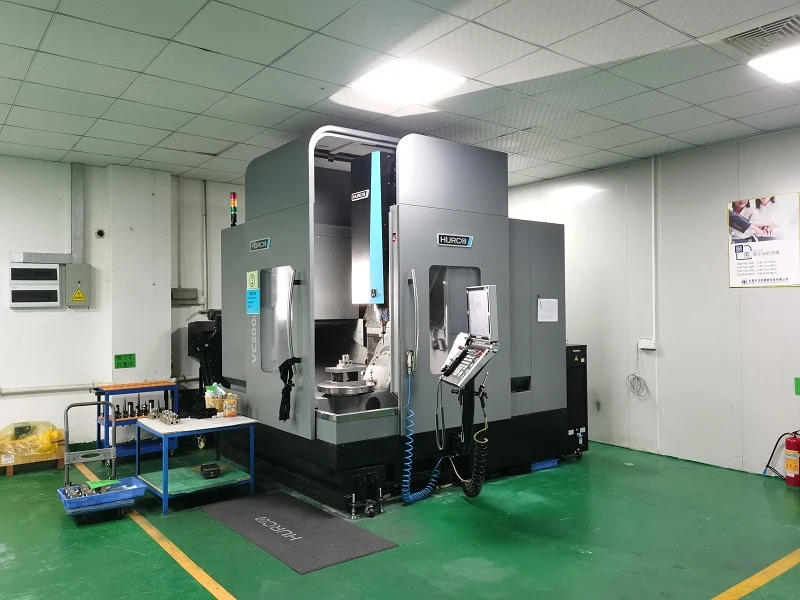
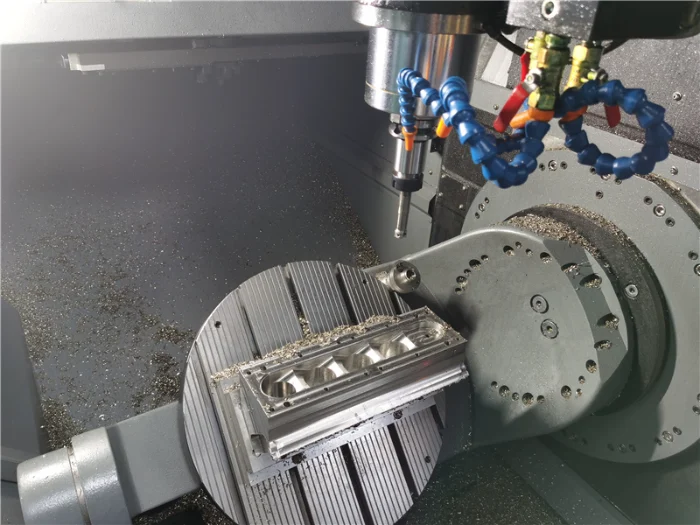
5-axis CNC machining unlocks the manufacturing of complex surfaces, irregular structures, and micro-hole processing with precision down to 0.001mm. Whether for aerospace titanium alloy blades, automotive engine upgrades, micro-threads in medical implants, or lightweight monolithic components, our 5-axis technology achieves 5-face machining in a single setup through dynamic tool compensation and intelligent collision detection. This boosts efficiency by 60% while maintaining surface roughness below Ra 0.4.
5 axis cnc machining service with Weldo
We possess extensive machining expertise in five-axis processing, with years of specialized experience in selecting materials for components across various equipment configurations and operational environments. We achieve a balanced approach between durability, reliability, and cost efficiency. Approximately 100 material options are available for your selection, with tolerances achievable down to 0.001 inch.
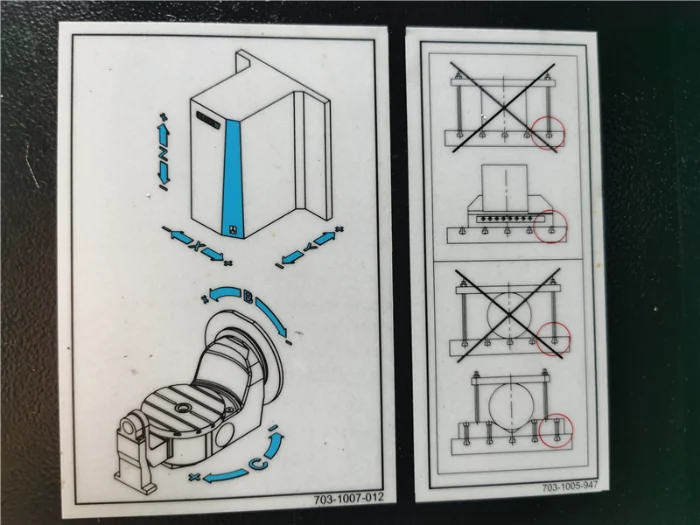
What is 5 axis cnc machining ?
Five-axis CNC machining achieves high-precision processing of complex surfaces and irregular structures by simultaneously controlling five machine axes (three linear axes X/Y/Z + two rotary axes A/B or C), enabling multi-angle tool or workpiece orientation adjustments.
The tool maintains optimal contact angles with the workpiece surface throughout machining, eliminating precision losses caused by multiple setups required in traditional three-axis machining.
It enables single-setup machining of five-sided components (e.g., all five faces of a cube), making it particularly suitable for complex structures like deep cavities, inclined holes, and curved threads.
5 axis cnc machining material optional
Our 5-axis CNC machining centers boast over a decade of production experience, capable of precision machining and cutting approximately one hundred materials with tolerances as tight as 0.001mm. Below are our commonly used material options for CNC machined parts. Should you require machining of other unique materials, please contact us for further information.
Metal material :
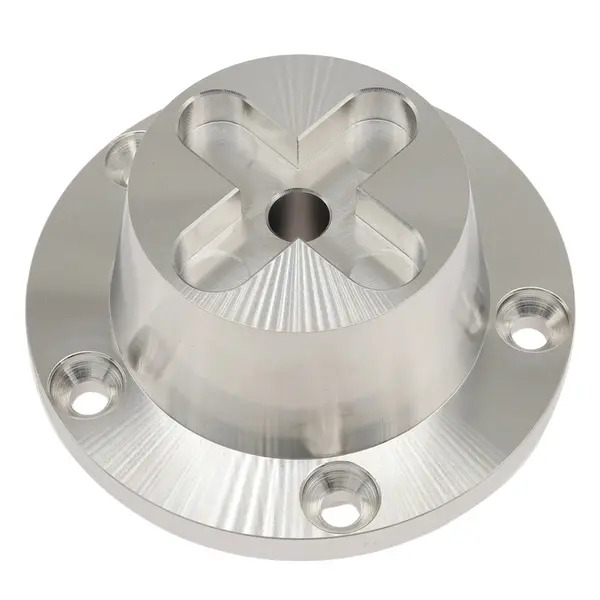
Aluminum
Aluminum is the most commonly used precision-machined component. It has a low density, a hard texture, and a soft material. Thanks to its corrosion resistance, it is widely used in aerospace, bionic bones, and automotive parts manufacturing.
Color : Silver.
Types : Aluminum 6061、7075、2024、5052、6063 and MIC-6.
Surface finish : Polishing, Brushing, Sandblasting, Chrome Plating, Anodizing, Electroplating, Powder Coating, Laser Etching.
Delivery time : 1-5 days.
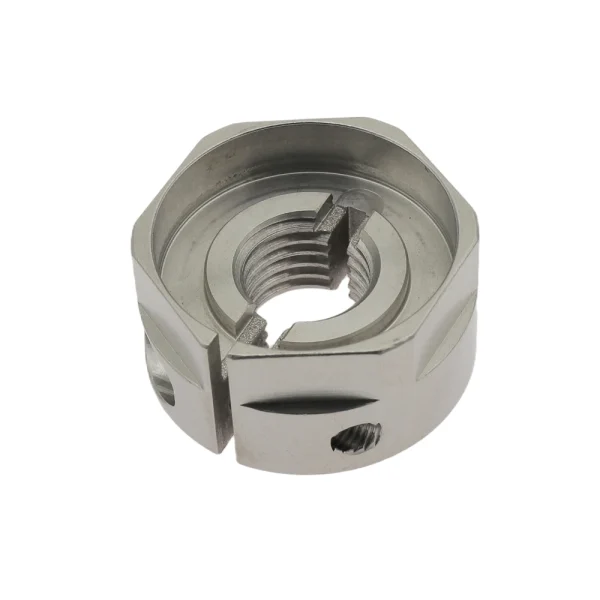
Stainless steel
Stainless steel offers strong corrosion resistance and a smooth, easy-to-clean surface. It is primarily used in kitchen equipment components, medical devices, building materials and construction, as well as automotive parts.
Color : Silver.
Types : Stainless steel 304/316/201/202/430/444/410/420/440c/2205/2507/17-4ph/17-7ph.
Surface finish : Polishing, Brushing, Sandblasting, Electroplating, Spraying, PVD (Physical Vapor Deposition), Passivation, Pickling, Coloring.
Delivery time : 2-5 days.
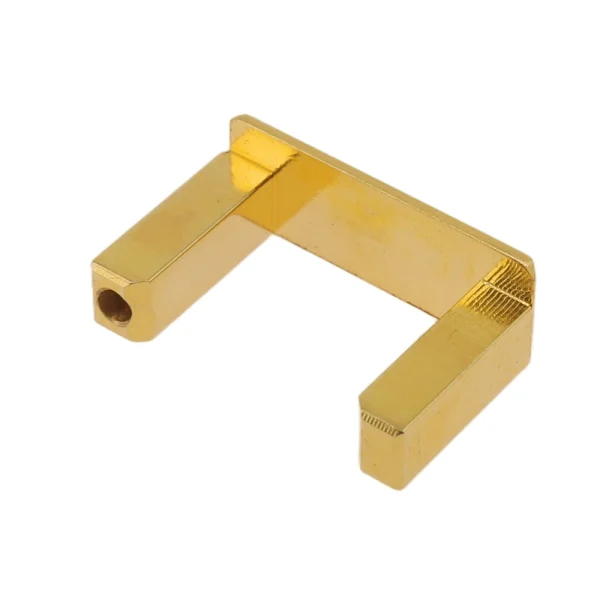
Copper
Possesses electrical conductivity, tensile ductility, and antimicrobial properties, primarily used for processing into crafts, decorative items, and medical equipment.
Color :Orange,yellow.
Types : copper H59/H62/Hpb59-1/C36000/HAI77-2/HSN62-1/HPb/HMn/HAl/HSn/HNi.
Surface finish : Passivation, Electroplating, Chemical Plating, Shot Peening, Sandblasting, Chemical Film Treatment, Polishing, Bright Cleaning.
Delivery time : 1-5 days.
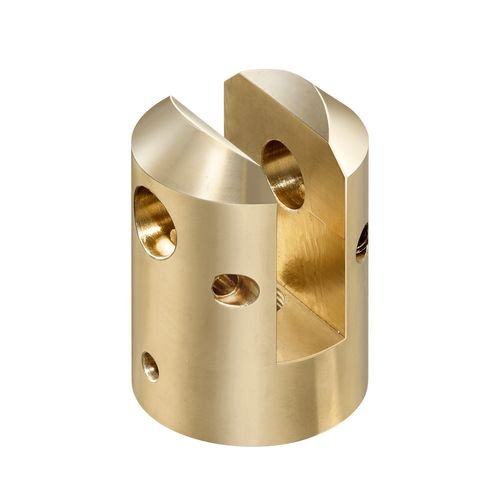
Bronze
Bronze is an alloy of copper and tin (possibly including lead, zinc, and phosphorus),low melting point (800-900°C) and excellent fluidity, along with corrosion resistance. Low-tin bronze exhibits a golden yellow hue, while high-tin bronze appears grayish-white or silver-gray. It is primarily used in mechanical manufacturing for sculptures, bearings, gears, valves, as well as in marine engineering components such as propellers, as well as marine engineering components like hull fittings and water pumps.
Color : gold/brown.
Types : Tin bronze, aluminum bronze, beryllium bronze, silicon bronze, manganese bronze.
Surface finish : Sandblasting, polishing, knurling, grinding, passivation, chemical film coating, impregnation coloring, brush/spray coloring, electroplating, anodizing, powder coating, brushing.
Delivery time : 1-5 days.
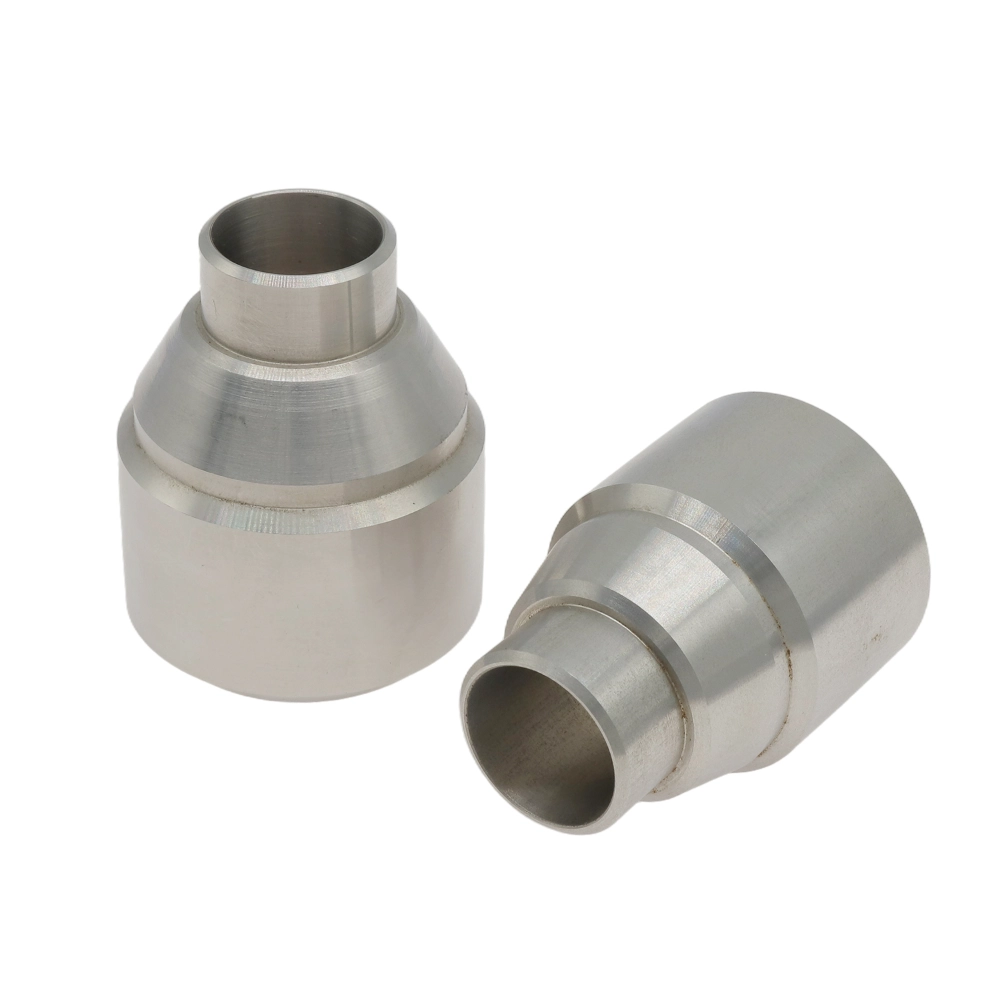
Steel
Iron alloyed with carbon (typically 0.1%-1.7%) and other alloying elements (such as chromium, nickel, manganese, etc.). By adjusting composition and heat treatment processes, diverse properties can be achieved, including high strength, high toughness, wear resistance, and corrosion resistance. It is suitable for producing components such as bolts, shafts, gears, drill bits, milling cutters, and turning tools, and is also frequently used in manufacturing engine valves and turbine blades.
Color : Silver .
Types : Steel S20C,S45C,S50C,SK85,SK95,40Cr,4140,4130,H13,D2,W1,A2,D2,M2,SKD11,ASP-23,S136.
Surface finish :Sandblasting, Mirror Finish, PVD Coating, Brushed Finish, Spray Coating, Electroplating.
Delivery time : 1-5 days
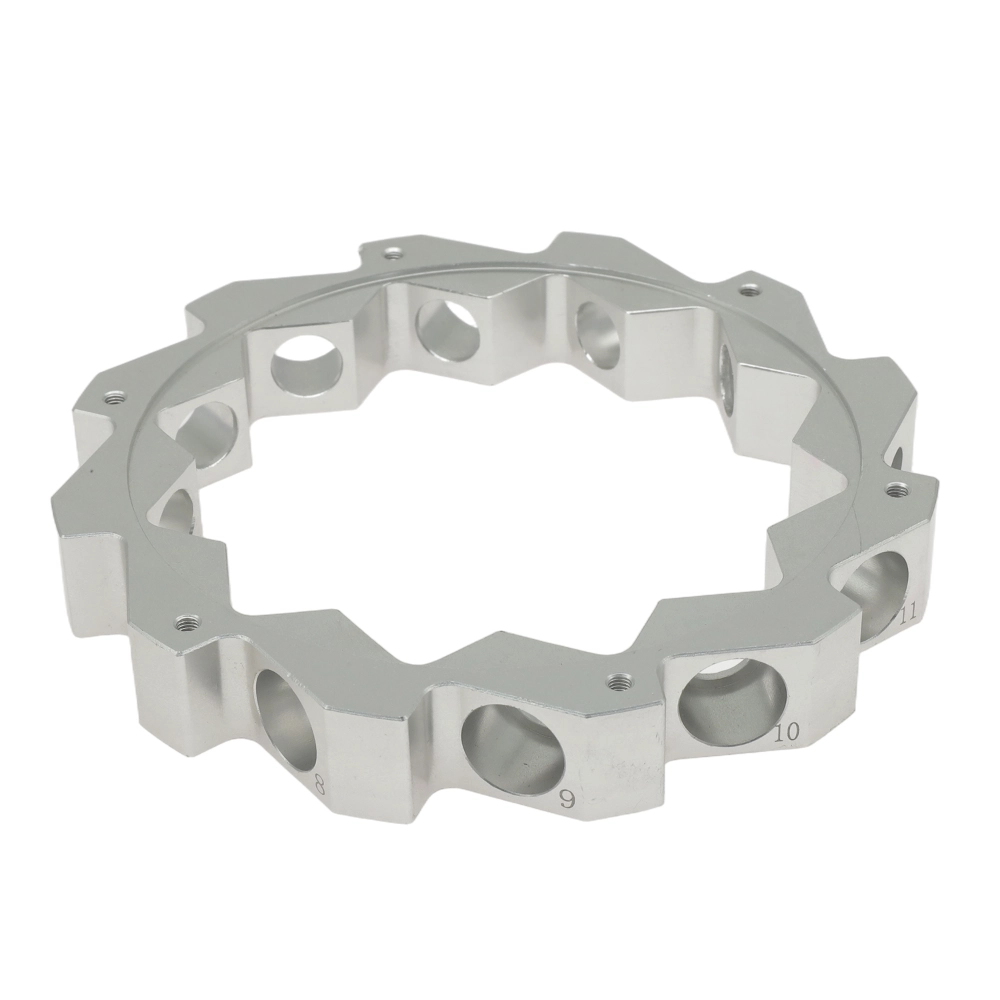
Magnesium
Magnesium has a density approximately two-thirds that of aluminum and one-quarter that of steel. Its low hardness results in minimal cutting force and reduced tool wear. With superior thermal conductivity compared to aluminum, it saves CNC machining time and material. Its strength-to-weight ratio outperforms both aluminum alloys and steel, while its damping capacity is 1.5 times that of aluminum, effectively absorbing vibrations and noise. These properties make it an ideal material for aerospace, automotive, and electronics industries.
Color : Silver.
Types : Magnesium alloy AZ91D/AM60B/AM50A/AS41B/ZK60/MB8/AZ31/WE43/ZE41/LA141/LZ91.
Surface finish : Chemical conversion coating, anodizing, nickel plating, electroplating, composite coating, spray painting, powder coating, electrophoretic coating.
Delivery time : 1-5 days.
Plastic material :
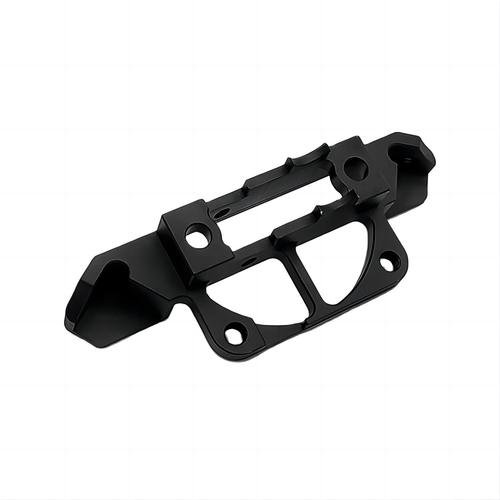
ABS
Combining the rigidity of acrylonitrile, the toughness of butadiene, and the processability of styrene, it offers excellent impact resistance (maintaining toughness even at low temperatures) with a balanced hardness and rigidity. Suitable for precision components subjected to moderate loads, it is ideal for manufacturing precision parts such as electronic and electrical enclosures, automotive ducting, interior trim components, and exterior trim components.
Color : Beige,black.
Types : General-purpose, flame-retardant, heat-resistant, high-impact-resistant, transparent (MBS), filled modified, alloyed, functionalized ABS.
Surface finish :Spray coating, electroplating, screen printing, laser engraving, hot stamping, vacuum coating, water transfer printing, sandblasting, anti-fingerprint coating.
Delivery time : 1-5 days.
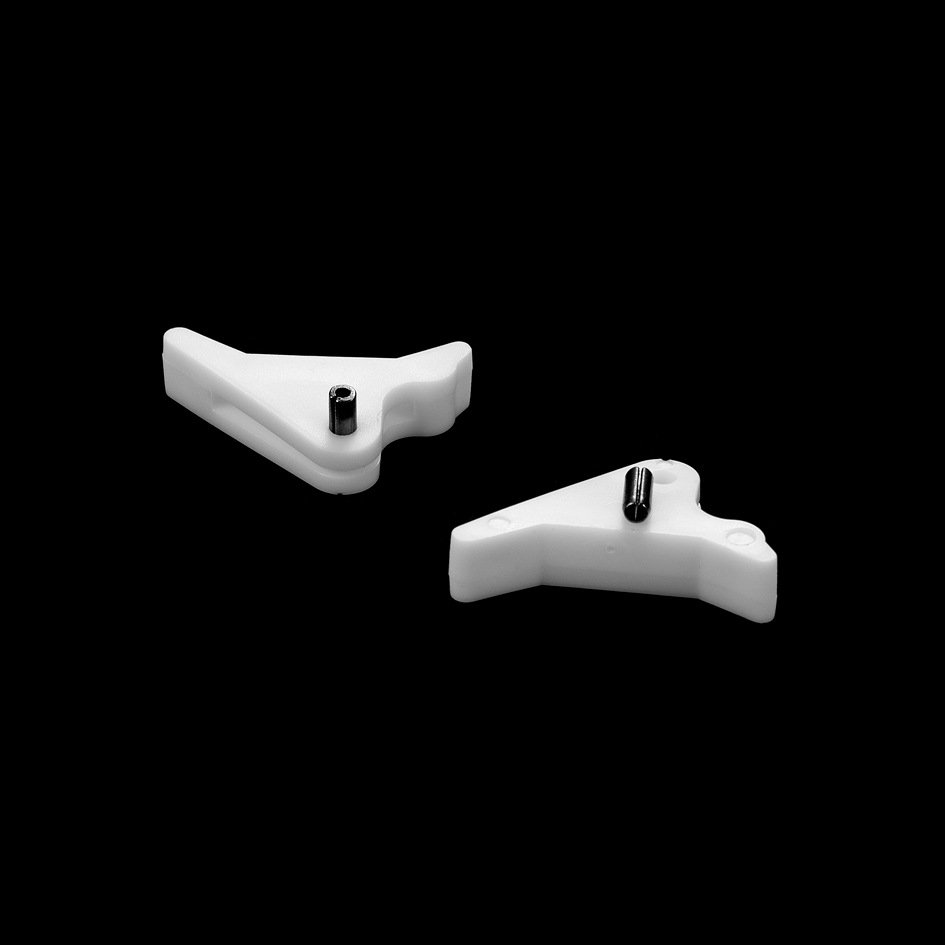
PC
High-performance thermoplastic with high toughness (low-temp resilient) and rigidity, ideal for CNC precision machining (cutting, drilling). Lighter than acrylic, it offers strong creep resistance and high-frequency insulation, suited for stress-resistant, insulated components. Eco-friendly via recycling by melting, used in electronics casings, spectrometer mounts, heat sinks.
Color : white or black.
Types : General Machinable/Flame Retardant/Reinforced/Blended PC.
Surface finish : Polishing, Hardening, Spraying, Laser Engraving, Electroplating, Hot Stamping.
Delivery time : 1-5 days.
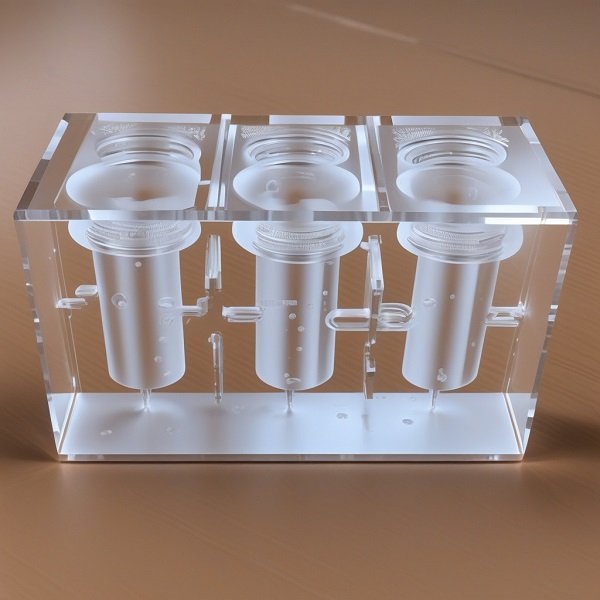
PMMA
With a light transmittance as high as 92%, it is hailed as “plastic crystal,” serving as material for optical components such as lenses and light guides. Its optical uniformity surpasses that of ordinary glass, while weighing only half as much. It offers easy machinability, moderate thermal stability, low shrinkage, and impact resistance. Primarily used in consumer electronics industries for display protective covers, lenses, and mobile phone frames.
Color : clear,white,black,colored.
Types : General-purpose / Impact-resistant / Heat-resistant / Pearlescent.
Surface finish : Polishing, enhanced coating, sandblasting for texture, printing for coloring, anti-scratch and anti-fingerprint treatments.
Delivery time : 1-5 days.
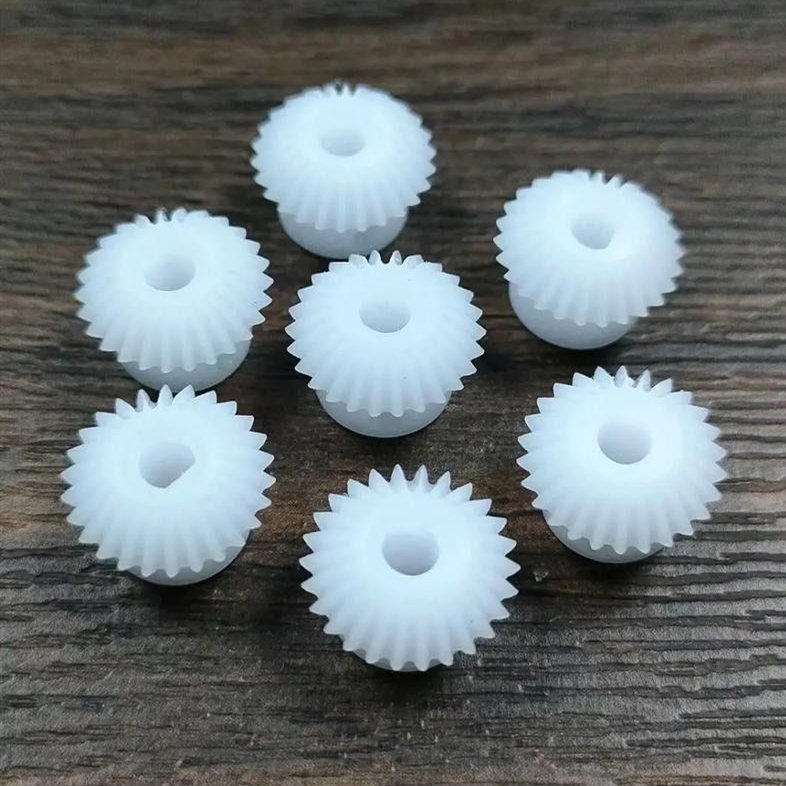
POM
High tensile strength and low friction coefficient, excellent dimensional stability, easy machinability, can replace metal as raw material for wear-resistant components such as gears and bearings, widely used in automotive industry, industrial machinery,medical tools, etc.
Color : white,black,blue,yellow,etc.
Types : POM-H, POM-C.
Surface finish : Polishing, sandblasting, chemical polishing, laser polishing, anodizing/painting.
Delivery time : 1-5 days.
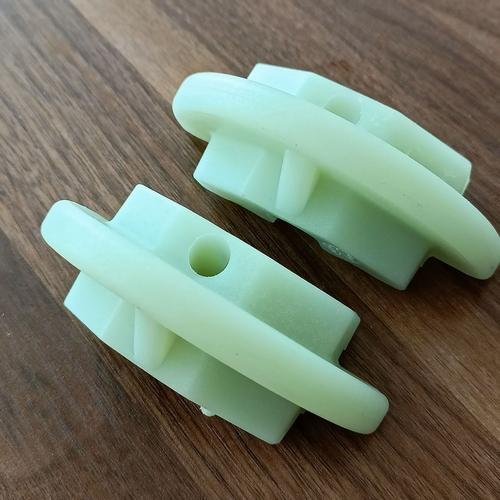
PA
PA (Polyamide, Nylon) exhibits tensile strength ranging from 62 to 85 MPa, low friction coefficient, and excellent heat resistance. Primarily used in high-load structural components such as gears and bearings, it facilitates the manufacturing of automotive parts, consumer electronics, and industrial machinery components.
Color : Colored.
Types : PA6, PA66, PA6T, PA9T.
Surface finish :Mechanical grinding, acid/alkali etching, hydrolysis technology, coating.
Delivery time : 1-5 days.

PE
PE (Polyethylene) is a thermoplastic material with a low melting point. During machining, tool temperature must be controlled to prevent adhesion, resulting in a smooth, burr-free surface. Its low friction and self-lubricating properties make it suitable for sliding/rotating components. It resists most acids, alkalis, salts, and organic solvents but is soluble in aromatic hydrocarbons and halogenated hydrocarbons. Common applications include food containers, trash bins, and toys.
Color : black,white,colored.
Types : LDPE, HDPE, UHMWPE, PEX, PEX-A, PEX-B.
Surface finish :Polishing, sandblasting, coating, etching.
Delivery time : 1-5 days.
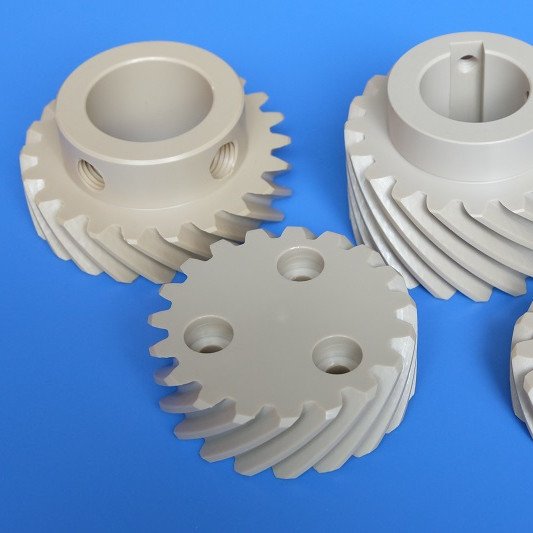
PEEK
PEEK (Polyetheretherketone) is a semi-crystalline specialty engineering plastic characterized by high strength, high melting point, and low friction coefficient. It offers excellent chemical resistance and is suitable for aerospace structural components, high-temperature parts, and medical devices such as endoscopes and handles.
Color : Beige,black.
Types : CF-PEEK, GF-PEEK, PEEK with carbon black/ceramic/PTFE/graphite fillers.
Surface finish :Sandblasting, polishing, metal coating, polymer coating.
Delivery time : 1-5 days.
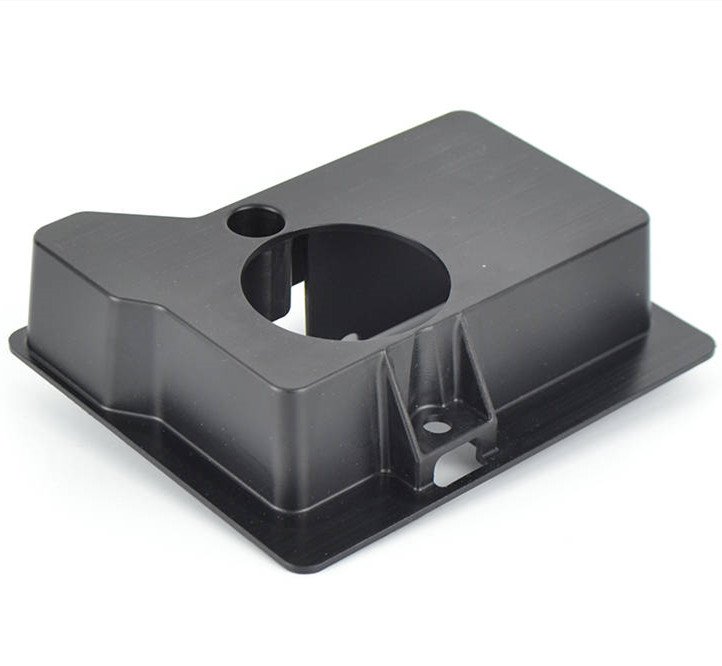
PP
PP (Polypropylene) is a semi-crystalline thermoplastic with a melting point of approximately 130-160°C. It exhibits excellent processing flow properties. During CNC machining, temperature control is essential (recommended range: 200-230°C). It is suitable for repeated bending operations. Tool selection must align with the material’s characteristics. Primarily used for containers, connectors, and structural components.
Color : black,white,colored.
Types : PP-H, PP-B, PP-R, HIPP.
Surface finish :Polishing, Sandblasting, Coating.
Delivery time : 1-5 days.
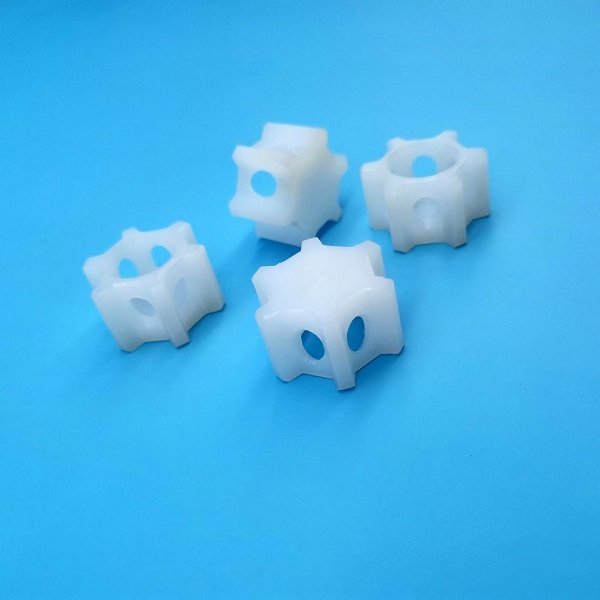
HDPE
HDPE (High-Density Polyethylene) is a linear thermoplastic with excellent impact resistance and dimensional stability.Non-toxic and odorless, it is suitable for manufacturing valves, pump bodies, gears, sliding bearings, and as core material for surfboards.
Color : black,white.
Types : HI-HDPE, UV-HDPE, UHMWPE, Carbon Black-Filled HDPE.
Surface finish :Polishing, Sandblasting, Coating.
Delivery time : 1-5 days.
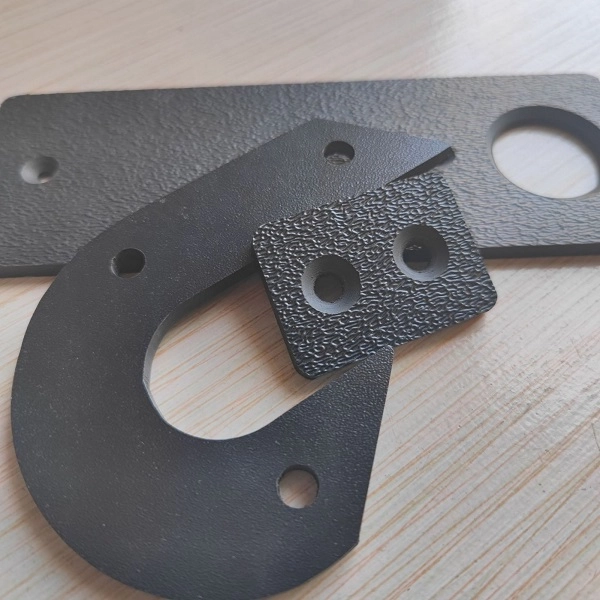
HIPS
HIPS is a non-crystalline thermoplastic containing 5-15% rubber content, offering both high impact resistance and ease of processing. It features moderate surface hardness, low moisture absorption (0.05-0.7%), low cost, and suitability for complex structures. Widely used in appliance housings, food packaging, automotive interiors, and industrial piping, it replaces metal to meet lightweight and impact-resistant requirements.
Color : black.
Types : Impact-resistant HIPS, Brominated flame-retardant HIPS, Glass-fiber reinforced HIPS.
Surface finish :Polishing ,Sandblasting ,Coating.
Delivery time : 1-5 days.
Surface finishes for 5 axis cnc machining part
Drawing on over a decade of CNC machining expertise and surface treatment processes, Weldo has compiled the following finishing options designed to enhance the surface quality and finish of parts after 5-axis machining. This approach improves component appearance, surface roughness, hardness, and corrosion resistance while effectively masking tool marks.
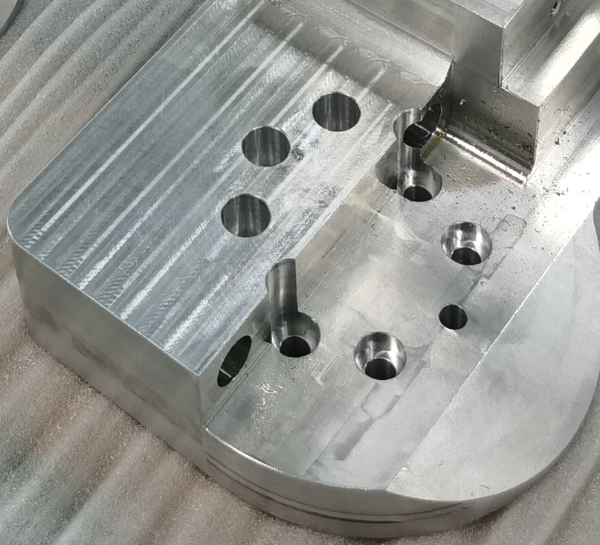
Machined finish
The prototype processed by the machine tool retains traces of tool machining.
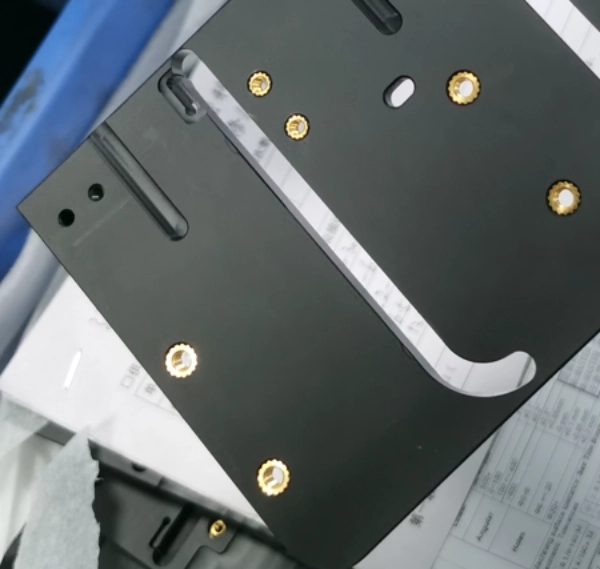
Anodizing
Anodizing enhances the corrosion and wear resistance of metals and enables coloring and coating, suitable for metals such as aluminum, magnesium, and titanium.
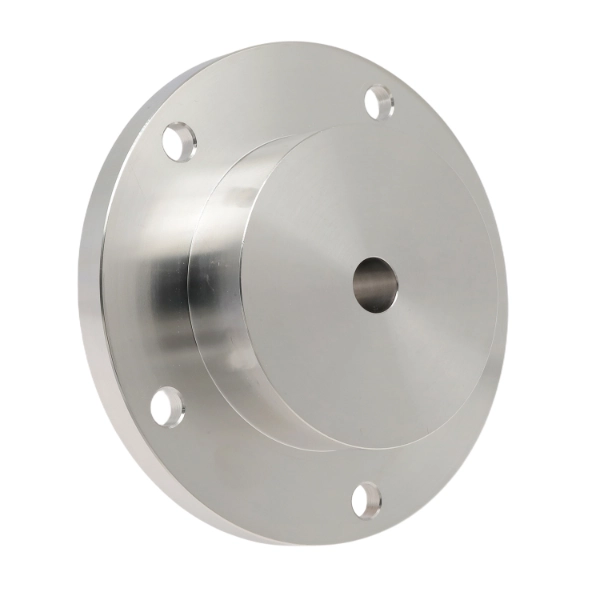
Polish
Polishing enhances surface finish and aesthetic appeal, suitable for materials such as metals, ceramics, plastics, and PMMA.
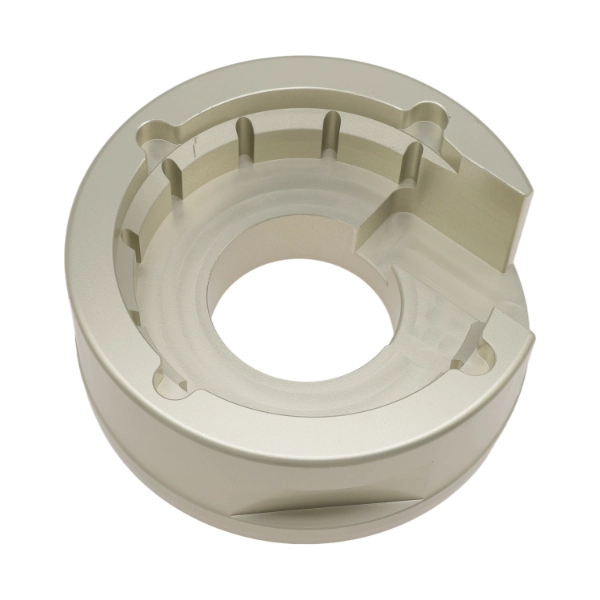
Sand blasting
Sandblasting involves propelling abrasive material at high pressure or mechanically onto a workpiece to achieve a clean, roughened, and matte finish.
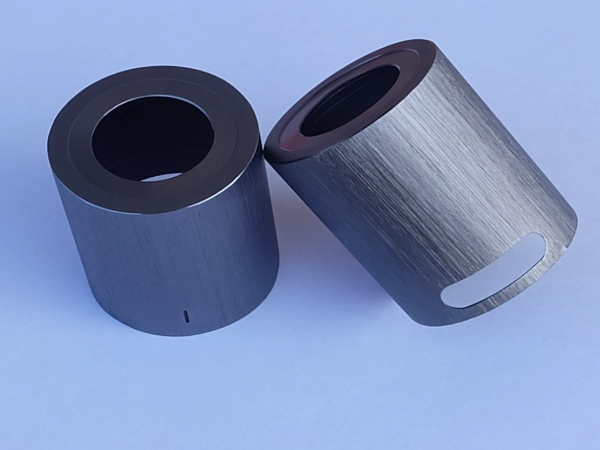
Brushed finish
Brushed finish creates a textured pattern on metal surfaces, enhancing aesthetic appeal. Suitable for aluminum, copper, stainless steel, and other materials.
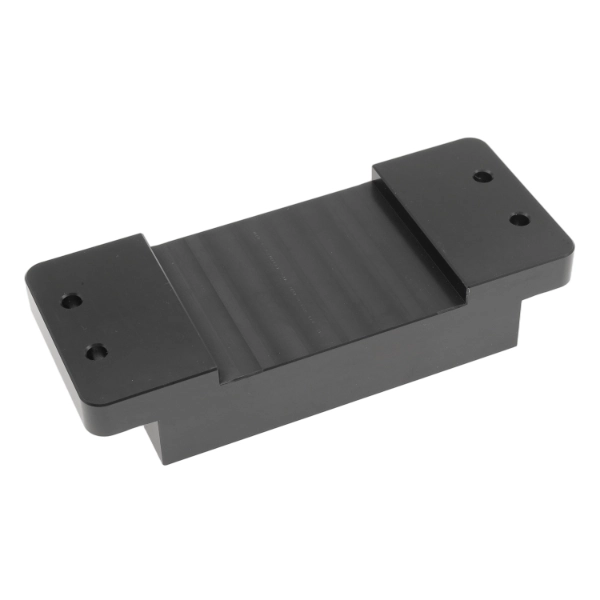
Powder coating
Powder coating is applied to the workpiece surface via electrostatic adhesion, then cured at high temperatures to form a dense coating, enhancing the corrosion resistance of metal and plastic surfaces.
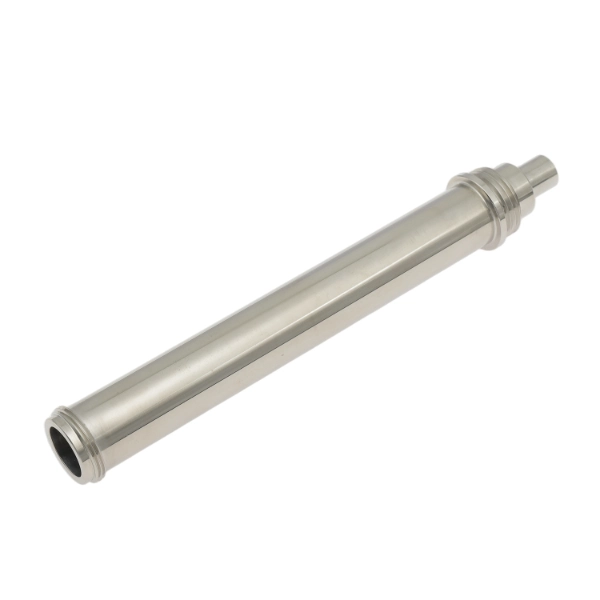
Electroplating finish
Metal plating is deposited onto material surfaces through electrolytic processes to enhance corrosion resistance and wear resistance. This technique is suitable for metals and certain plastics.
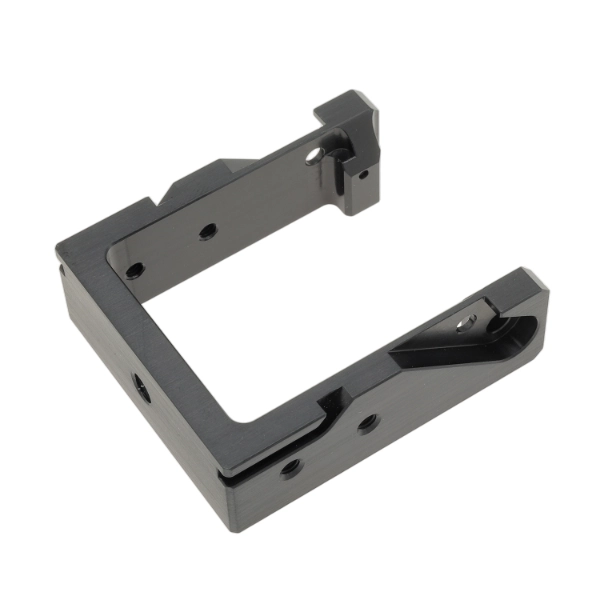
Black oxidize
A black oxide coating is formed on metal surfaces through chemical oxidation, offering low cost, a simple process, and reduced light reflection.

Electropolish
Removes microscopic protrusions from metal surfaces through electrochemical anodic dissolution, creating a smooth, dense surface free of residual stress and highly corrosion-resistant. Capable of processing complex metals and conductive materials.
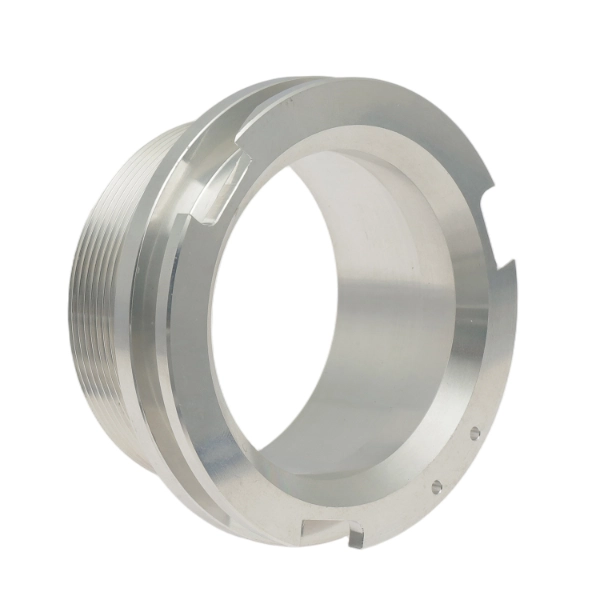
Alodine
Forms a protective coating on surfaces through chemical conversion, enhancing corrosion resistance and adhesion. Environmentally friendly with excellent conductivity, suitable for aluminum and magnesium alloys.
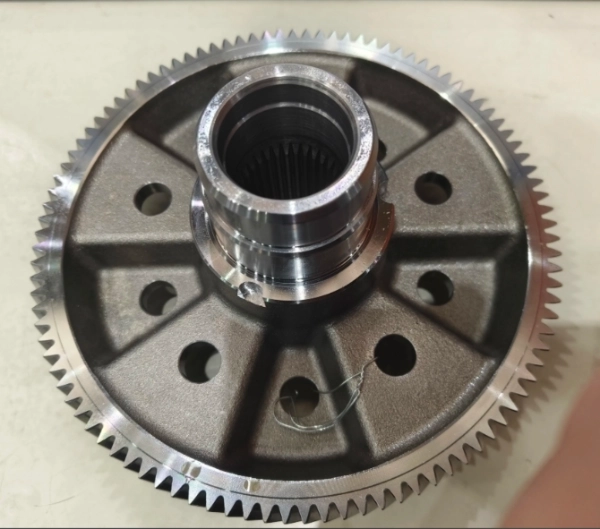
Heat treatment
By altering the internal microstructure of metallic materials through heating, this process enhances hardness, strength, toughness, and wear resistance. It is suitable for metals such as steel, aluminum alloys, copper alloys, and titanium alloys.
5-Axis cnc machining capability
Our ISO 9001 certification demonstrates that our 5-axis milled parts meet stringent tolerance requirements. We adhere to ISO-2768f tolerance standards for CNC-milled metals and ISO-2768m for plastic parts, enabling you to obtain CNC-machined components with high-precision machining standards.
| Property | Description |
|---|---|
| Maximum part size | The maximum direct machining diameter is 500mm, with a maximum machining length of 1000mm. For longer components requiring precision turning, we can adjust the equipment accordingly. |
| Minimum part size | The diameter is as small as 3 mm, depending on the specific part size requirements and material. |
| General tolerance | Our CNC turning standard tolerance is 0.005mm. If material and structure permit, tighter tolerances as low as ±0.001mm can be achieved. |
| Lead time | Prototype machining typically ships within 1-3 days. Small-batch CNC turning takes 3-5 days, with the fastest turnaround possible within 24-48 hours depending on part complexity and material. |
5-axis cnc machining design guideline
| Item | Recommended Size |
|---|---|
| Radii | The minimum inner radius should not be less than 1.5 mm, with a maximum machining radius of 500 mm depending on the specific dimensional requirements and material of the part. |
| Threads and Tapped Holes | Capable of precision machining external and internal threads ranging from M2 to M30. To ensure thread stability, a minimum thread length of 1.5 times the diameter is recommended. |
| Minimum Wall Thickness | During CNC machining, the minimum recommended wall thickness for metals is 1 mm, while for plastics it is 1.5 mm. This ensures structural integrity of parts during turning and reduces costs. |
| Text | The minimum recommended engraving depth for characters is 0.5-2 mm, with a character height ranging from 1-10 mm. This depends on the material size and legibility requirements. |
| Holes | The minimum machinable hole diameter is 1 mm. For deep holes, it is recommended that the depth does not exceed five times the diameter to ensure part durability and quality. The maximum achievable depth is ten times the diameter. |
5 axis cnc machining prototypes
Our 5-axis CNC machining services effortlessly handle complex curved surfaces and three-dimensional multi-faceted structures, covering plastics, metals, large (small) components, and large (small) batch production. Tolerance control precision reaches 0.001mm.
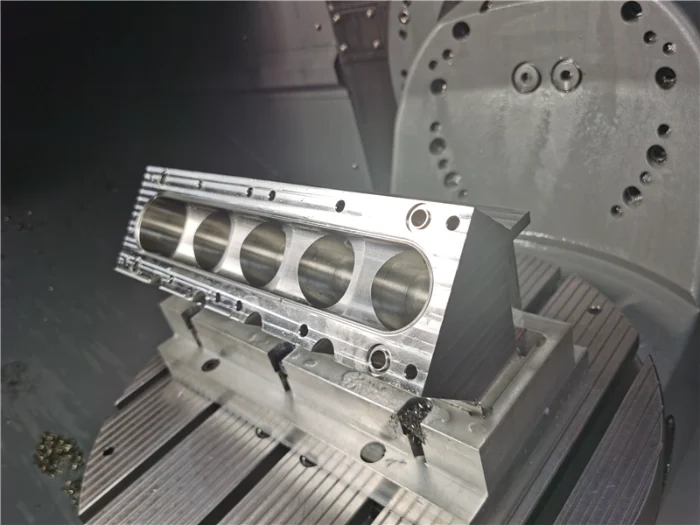
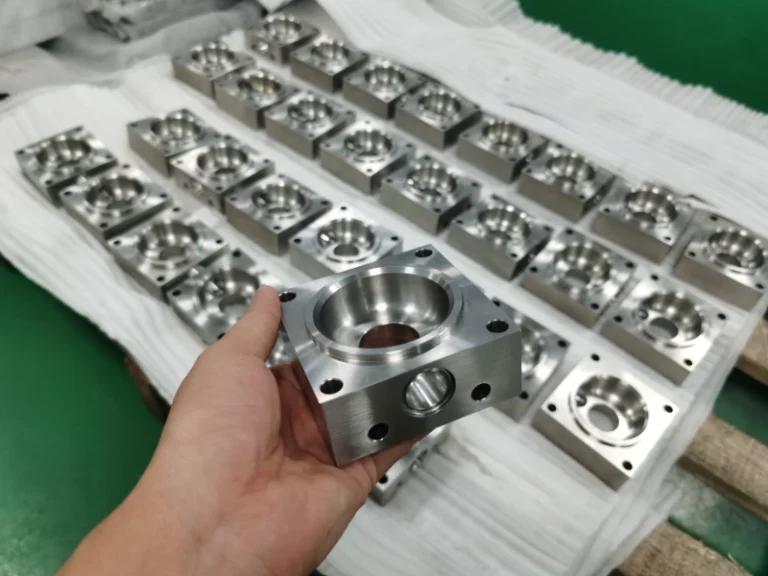
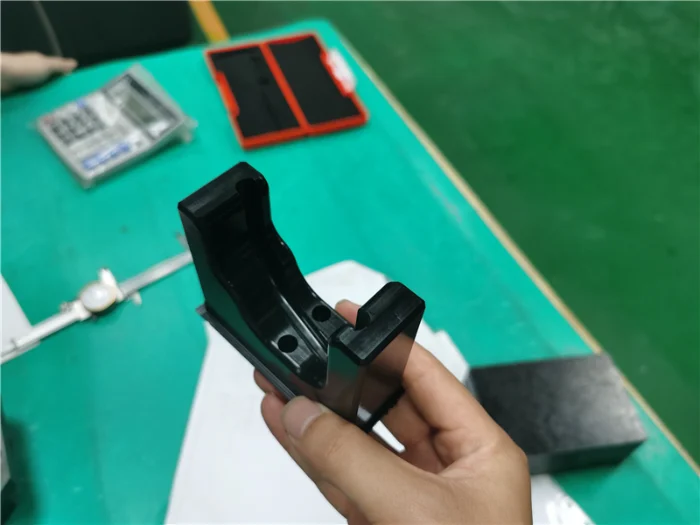
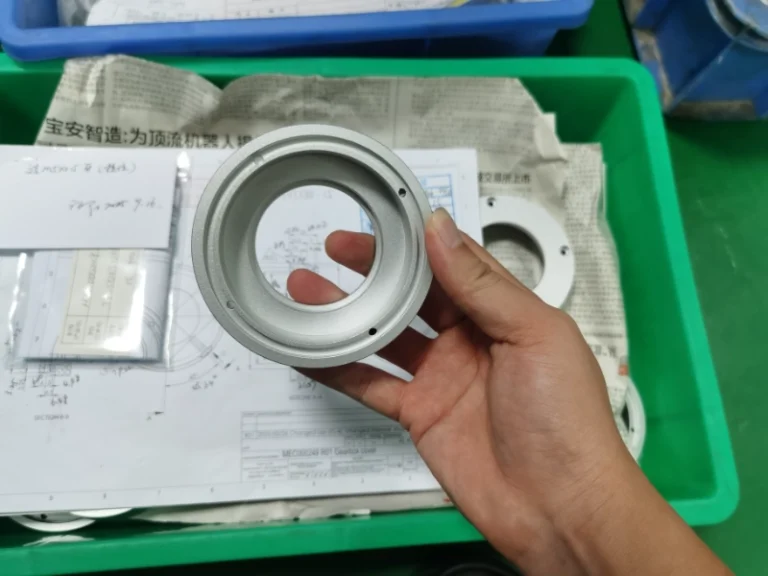
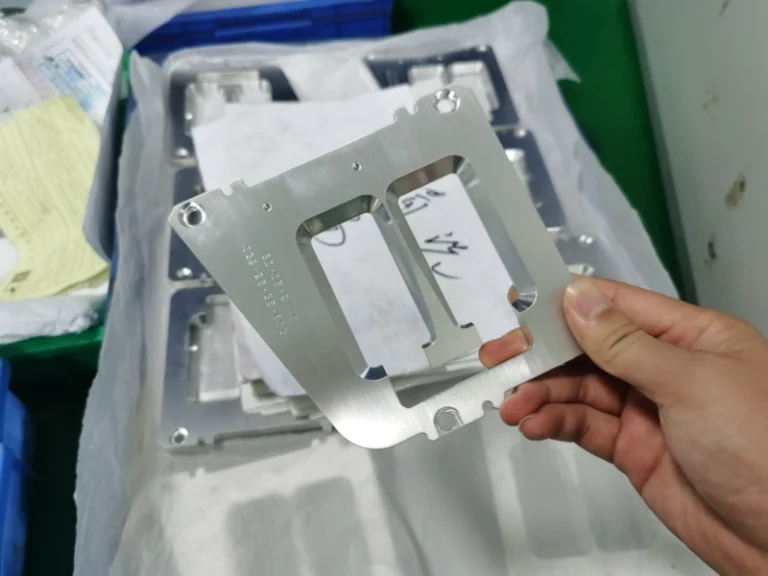
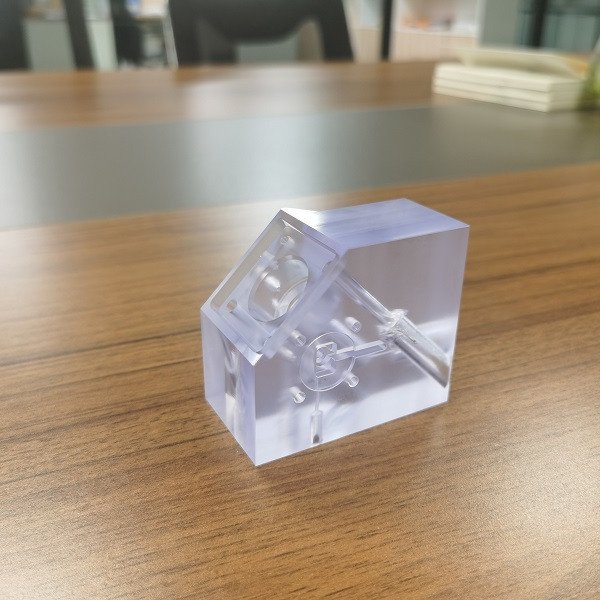
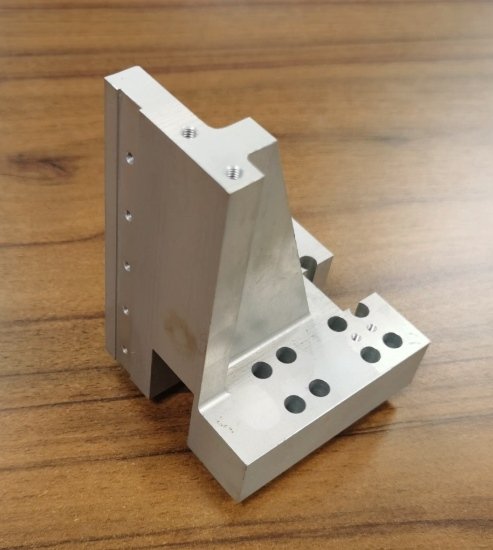
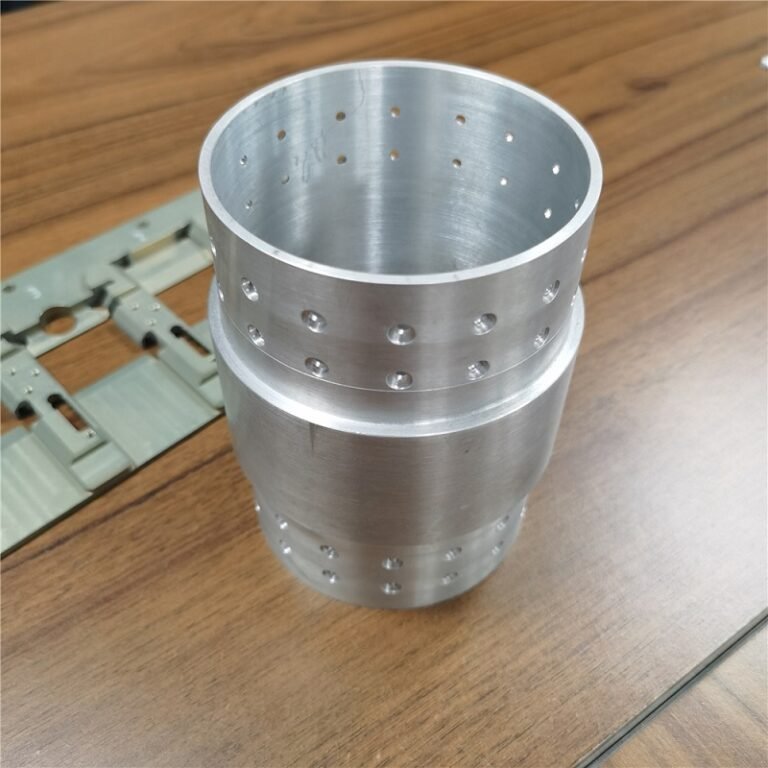
Advantage of 5 axis cnc machining
1. Machining Efficiency: Single Setup, Multi-Surface Simultaneous Processing
Reduced Setup Frequency: Complete machining of 5 surfaces in one setup, cutting setup time by over 70%.
Shortened Cutting Path: Rotary axis optimizes tool angles, reducing paths by 30%-50% and halving processing time.
2. Precision Control: Dynamic Compensation, Surface Accuracy
Dynamic Tool Compensation: RTCP function corrects tool tip trajectory in real time, achieving surface roughness Ra0.2μm.
Complex Surface Adaptation: Freeform surface machining error reduced from ±0.5mm to ±0.1mm, meeting high-precision requirements.
3. Process Adaptability: Deep Cavities & Angled Holes, Weak Materials & Micro-Joints
Direct Cutting of Deep Cavities & Angled Holes: Rotary axis angle adjustment enables direct machining of 500mm deep cavities with bottom surface roughness Ra0.4μm.
Optimization for Low-Rigidity Materials: Cutting force reduced by 40%, tool life extended by 3x, boosting titanium alloy machining efficiency.
4. Cost Efficiency: Reduced Scrap, Shortened Cycle Times
Scrap Rate Reduction: Clamping errors minimized, scrap rate decreased from 5%-8% to 1%-2%, lowering unit cost by 15%.
Delivery Cycle Compression: Integrated machining eliminates process transfers, shortening cycle times from 15 days to 7 days for faster response.
Application of 5 axis cnc machining part
Aerospace
Single-setup machining of free-form surfaces like turbine blades with precision up to ±0.01mm;
Automotive Manufacturing
One-step forming of deep-cavity inclined holes (e.g., engine blocks); aluminum/magnesium alloy surface roughness Ra ≤ 0.4μm.
Medical Devices
Artificial joint surface roughness Ra ≤ 0.1μm; crack-free machining of biomaterials; surgical robot micro-slots (0.1mm width) with zero burrs.
Energy Industry
Corrosion-resistant machining for oil/gas valves and nuclear components with defect rate < 0.5%; real-time tip path correction for wind turbine blades with contour accuracy within ±0.1mm.
Shipbuilding
Propeller blade deviation reduced from ±0.5mm to ±0.1mm, boosting propulsion efficiency by 15%; vibration damping in deep cavity structures minimizes tool chatter.
Composite Materials
Carbon fiber layup defect rate reduced from 8% to <1%; material removal rate for drone wing frames increased by 50%, achieving 30% weight reduction.
FAQ of 5-axis cnc machining service
Efficiency and Precision: 5-axis completes multi-surface machining in a single setup, boosting efficiency by 30%-50% with surface roughness below Ra0.2μm; 3-axis requires multiple setups, resulting in lower precision and efficiency.
Applications: High-precision complex parts for aerospace, medical, and similar industries.
Technical barriers: Programming requires coordinated rotation axes, demanding specialized operator training.
Overall cost: Batch production (100+ units) spreads costs; small batches benefit from 3-axis machining + manual finishing.
Cost-saving key: Higher order volumes reduce per-unit costs.
Restricted Materials: Super-hard materials (e.g., diamond) or brittle ceramics require specialized processes.
Core Principle: Material hardness and toughness must align with machine capabilities.
Complex parts (e.g., engine blades): 7-15 days.
Rush service: Completed within 48 hours, 30%-50% surcharge.
Influencing factors: Part complexity, material hardness, surface finish requirements.
Case Experience: Request proven track records in aerospace, medical, or similar industries.
Quality Certifications: Prioritize suppliers certified to ISO 9001, AS9100 (aerospace), or ISO 13485 (medical).
Service Responsiveness: Test quotation speed (within 24 hours) and technical support expertise.
Caution: Low-cost providers may use refurbished equipment, compromising precision.

